Gourmet mushrooms are certainly enjoying their glory days. These superfood superstars are showing up everywhere, from our coffee to the main course, as consumers and chefs realize their nutritional value, adaptability, texture and taste.
Growers across the country are jumping on the shroom boom bringing the Pennsylvania natives to boutique farms in city and suburbs nationwide.
Jim and Stacy Shaffer started growing their bounty for personal consumption in a spare bedroom of their Yucca Valley home. Friends and family started making requests, and the operation grew to their backyard barn. When restaurants began calling, the couple knew they had something special, so they moved to the valley and Canyon Creek Gourmet Mushrooms was born.
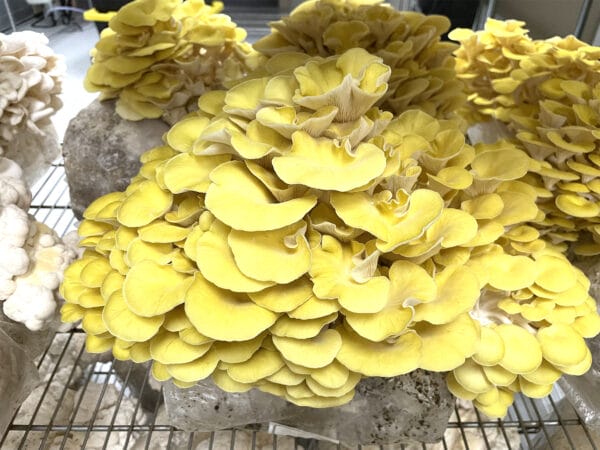
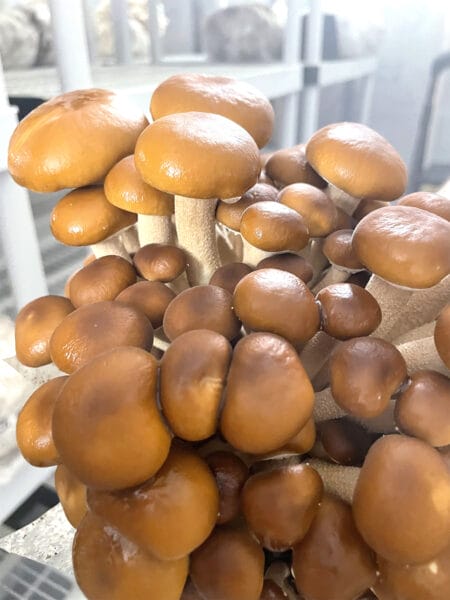
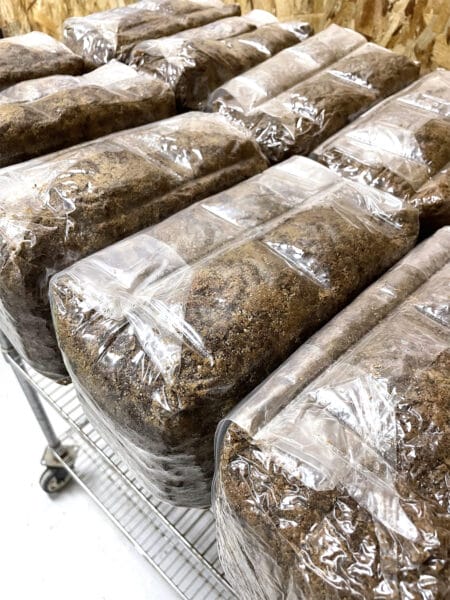
They now serve around 1,000 pounds of product weekly to 40-50 restaurants valley wide including Workshop Kitchen + Bar, Wildest Restaurant and Mr. Lyons. Their store front offers freshly grown product, homemade jerky, powders, and more, and their team of nine is always happy to offer tours.
When I walked through the doors of their Palm Desert facility, the first thing I noticed was the smell – or, should I say, the lack thereof. Having lived near Morgan Hill (CA), formerly known as the “mushroom capital of the world,” I associate harvesting mushrooms with manure and can immediately recognize the pungent whiff. I would soon learn that today’s gourmet mushrooms – lion’s mane, king trumpet, oyster, pioppino and chestnut – naturally grow on trees with no fertilizer involved. “Farming” simply includes wood pellets, soy husks, temperature control, humidity and time.
Canyon Creek recreates the “tree” via blocks of clean hard wood pellets with soy husk pellets providing a nitrogen boost. On my tour, Shaffer explained that the blend of the two creates what they call the substrate for the mycelium to grow and produce their mushrooms. The pellets are placed in polypropylene bags which protect the growing process, just as bark would in nature. Water is added, blocks are sterilized, mycelium spores are added and the growing cycle is approximately 30 days.
“Our incubation area allows the colonies of mycelium to grow and multiply,” explains Shaffer. Seventy-five degrees mimics summer in the forest and keeps the mycelium happily munching away on its energy source. When the time is right, the bags are transported to the fruiting chamber where they are opened and manmade “fog” sets in. “The cooler temperature and high humidity in the fruiting chamber triggers the mycelium to produce the mushrooms.”
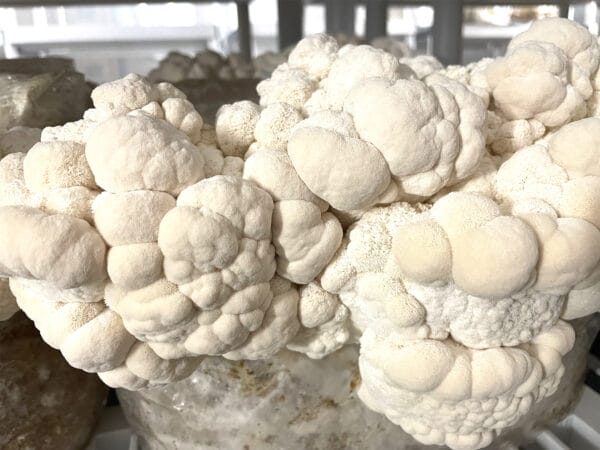
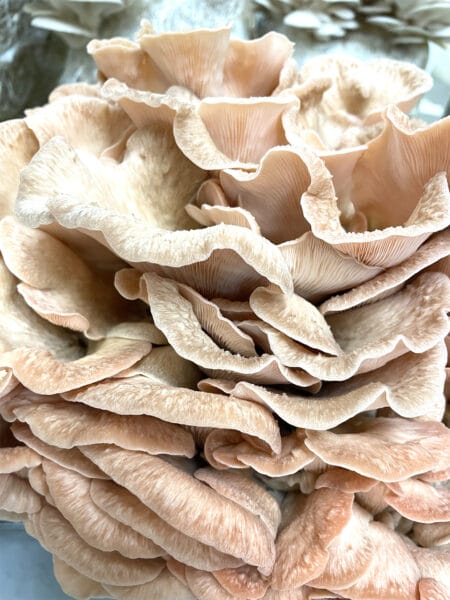
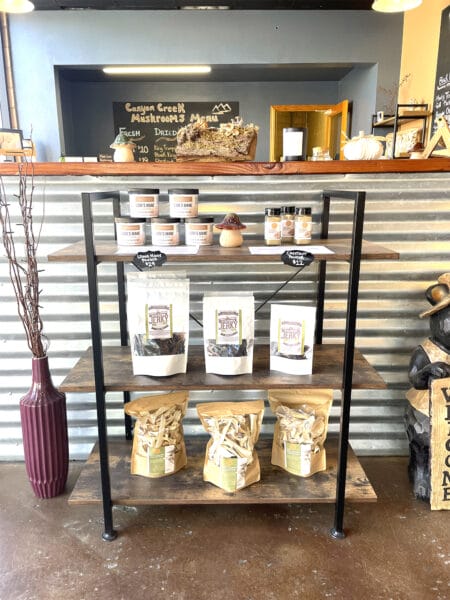
Around 2017, videos about commercial growth of mushrooms started showing up, he says. Prior to that, growers used actual trees which requires more space and is seasonal based on the region. The craze soon took hold and now, “almost every town has a guy or girl like me growing mushrooms on the side.”
What’s all the wonder? These little fungi are power-packed with healthy benefits. All varietals are fat, cholesterol and gluten-free, and low in calories and sodium. Canyon Creek has a one-sheet that summaries their products:
- Oyster mushrooms are high in protein, fiber, iron, zinc, potassium, phosphorous, selenium, calcium, folic acid and vitamins B1, B3, B12, C and D
- King trumpets are high in protein, fiber, iron, zinc, thiamin, magnesium, vitamin B6, riboflavin and niacin, delivering anti-inflammatory benefits
- Pioppino are high in copper, fiber, iron, potassium, biotin, selenium, folate and vitamins B2, B3 and B5
- Chestnut mushrooms are rich in polysaccharides, a primary source of energy for our bodies, and have been shown to have antibacterial and anti-tumor properties
- Lion’s mane is the star of the show as it has been reported to enhance memory, brain function and immunity, and reduce anxiety and depression
Shaffer explained that their homegrown products can be up to three-times more beneficial than store bought items, similar to straight-from-the-farm organic produce. While standard mushrooms lose nutritional potency when cooked, he adds, gourmet mushrooms actually increase in potency.
I left with a bundle of things to try and my favorite, fresh loin’s mane, to sauté for the family that evening. When cut in 1” slices, lightly browned in butter and seasoned with a little salt and pepper, it takes on the texture and taste of a soft white meat. I compare it to succulent lobster; others thought it tasted like tender chicken and couldn’t believe it was a mushroom.
Try it for yourself! Support local and take a trip to Canyon Creek Mushrooms.
Canyon Creek is located at 77917 Wildcat Drive in Palm Desert and open Monday – Saturday 10a-4p. You will also see them at most valley farmer’s markets. For more information, visit www.canyoncreekmushrooms.com or call (760) 577.4920.
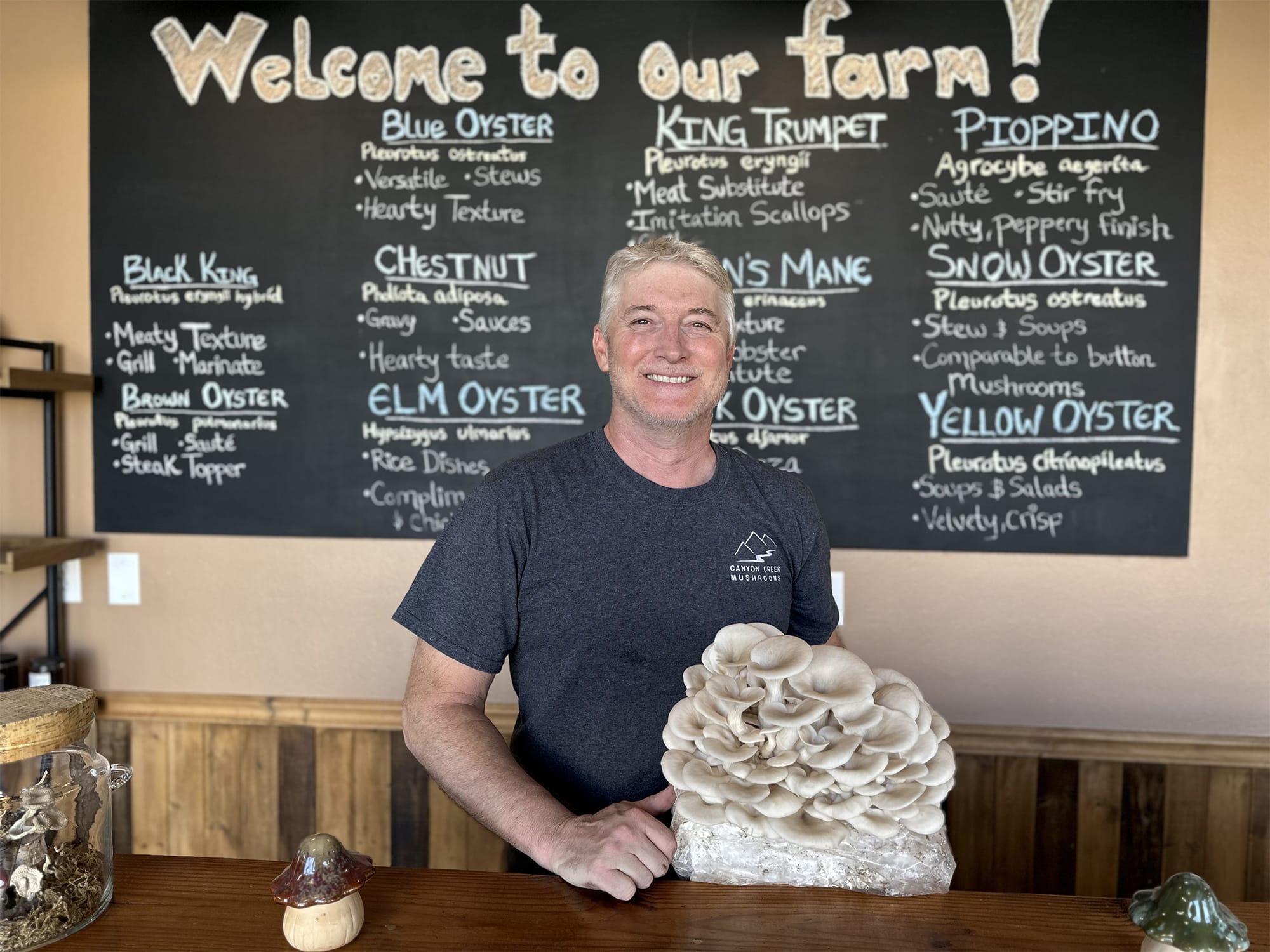



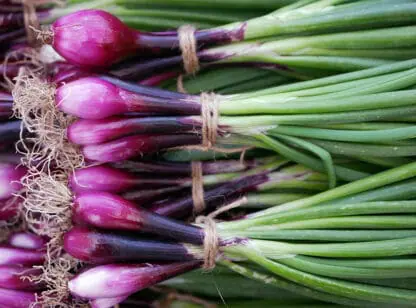







































Comments (0)